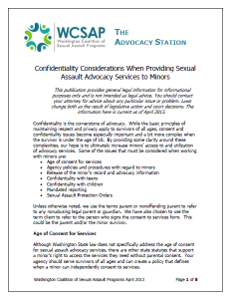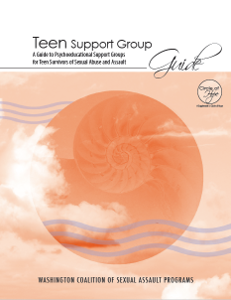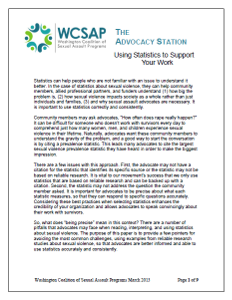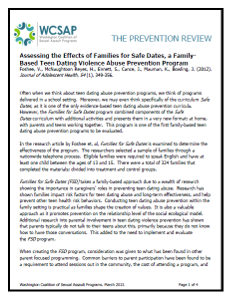Confidentiality is the cornerstone of advocacy. While the basic principles of maintaining respect and privacy apply to survivors of all ages, consent and confidentiality issues become especially important and a bit more complex when the survivor is under the age of 18. By providing some clarity around these complexities, our hope is to ultimately increase minors' access to and utilization of advocacy services. Some of the issues that must be considered when working with minors are:
…- Prevention
- Working With Survivors
- Accreditation
- Advocacy Areas
- Culturally Specific
- Legal Resources
- Management
- Medical Resources
- SA Protection Order
- Subpoenas
- Support Groups
- Tech Safety
- Resources
- Policy
- Training



